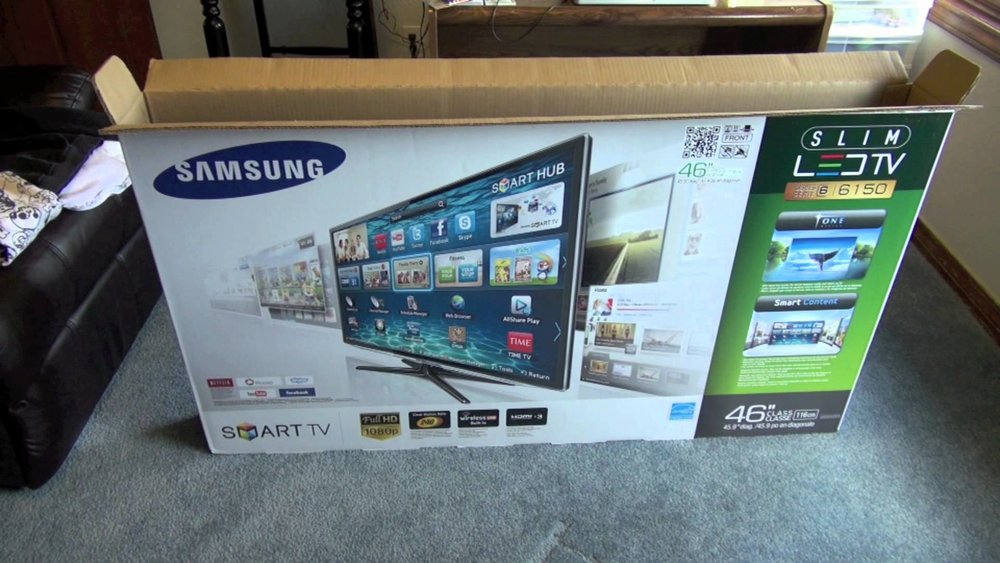By Sal Siciliano
With the amount of coverage and hype emanating from the Super Bowl every year, it could be considered a national holiday.
For Matt Lussier, the game brought a different holiday to his family when he was growing up.
“Every year, the day after the Super Bowl, it was ‘new TV day’ in my house,” recalled the 21-year-old Connecticut resident. “My dad would go to Best Buy and bring home a new TV.”
Buying a new television set, a day late of catching the most watched broadcast on television, seems inopportune. But Lussier explained that his dad was actually taking advantage of something in retail that is commonly known as “wardrobing.”
Seen most with clothing, hence its name, wardrobing is when a customer purchases an expensive item that they only plan to wear once, like to a fancy party, for example. Then, the customer goes back to the store to the return the item and receive a refund.
A clever trick, given that you don’t accidentally damage what you buy, wardrobing is more inconvenient for companies than some may like to believe. Returning a product does not mean it can be simply returned to the shelf, especially when it comes to large electronics.
“People would buy bigger, nicer TVs for their Super Bowl parties, and then return them the next day with the packaging open”, said Lussier. “And my dad would buy those TVs for a discount because their packaging was damaged.”

A box opened just enough that a TV can be placed right back in it to be returned.
I took a trip to my local Best Buy in North Haven on the Monday following Super Bowl LII, to see if I, too, could benefit from the Lussier family tradition. Although the store did have several items available for discounted price, mostly headphones and Bluetooth speakers, I did not see any open TVs.
Perhaps wardrobing with television sets has faded like childhood memories, or perhaps Mr. Lussier got lucky. Nevertheless, “the big game” of the National Football League does garner other connections to the television industry, apart from its highly anticipated commercials.
According to an interview with The Star Tribune, B-Stock Solutions, an online marketplace for retailers’ returns and overstocks, “2016-2017 customers returned twice as many TVs between January and March”.
At first glance, this appears to be evidence supporting TV wardrobing, and it lines up with the Super Bowl time slot. But companies and analysts claim that this period is important for consumer electronic sales for other reasons.
In the early months of a new year, companies hold off from unveiling new TV models until February or March, predicting that many consumers need a recovery period following purchases during the holiday season and Black Friday.
According to CNN, many higher-end models of TVs of the previous year do not go on sale until the start of the next year. These models were not even included in Black Friday sales, but many companies are eager to clear inventory for, “the next wave of 2018 TVs.”
Coincidentally, this means getting a TV for the Super Bowl party becomes a more affordable option – one that fortunately excludes any abuse of a store’s return policy.
“TV Day” might not make it to the calendar, but holding off your purchase of a shiny new 4K television until after the holidays for a bigger discount is definitely something to celebrate.